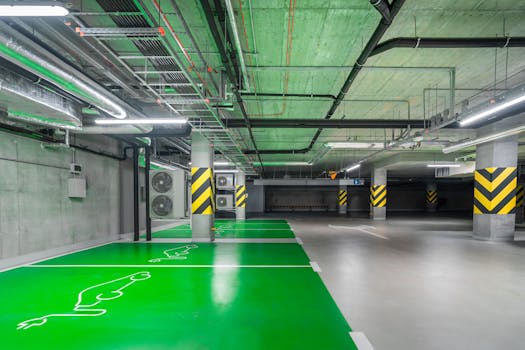
Sustainable Cities: How Europe is Shaping Eco-Friendly Lifestyles by 2025
Sustainable Cities: How Europe is Shaping Eco-Friendly Lifestyles by 2025. As the world grapples with the challenges of climate change, environmental degradation, and social inequality, the concept of sustainable cities has become increasingly important. Europe, in particular, has been at the forefront of this movement, with many of its cities pioneering innovative approaches to sustainable development. In this article, we will explore how Europe is shaping eco-friendly lifestyles by 2025, and what lessons can be learned from its experiences.
Introduction to Sustainable Cities
A sustainable city is one that is designed to minimize its impact on the environment, while also providing a high quality of life for its citizens. This can be achieved through a combination of innovative urban planning, green technologies, and community engagement. Sustainable cities are characterized by their ability to balance economic, social, and environmental needs, creating a thriving and resilient community for all.
European Cities Leading the Way
Many European cities are leading the way in sustainable development, with cities such as Copenhagen, Stockholm, and Barcelona being recognized as global leaders in this field. These cities have implemented a range of initiatives, including green roofs, renewable energy systems, and electric vehicle charging infrastructure, to reduce their environmental impact and improve the quality of life for their citizens.
Key Strategies for Sustainable Cities
So, what are the key strategies that European cities are using to shape eco-friendly lifestyles by 2025? Some of the most effective approaches include:
- Investing in renewable energy sources, such as wind and solar power
- Implementing green transportation systems, such as electric and hybrid vehicles
- Creating green spaces, such as parks and gardens, to improve air quality and mitigate the urban heat island effect
- Implementing energy-efficient building designs and materials
- Encouraging sustainable consumption patterns, such as reducing waste and promoting recycling
Conclusion
In conclusion, Europe is shaping eco-friendly lifestyles by 2025 through a combination of innovative urban planning, green technologies, and community engagement. By investing in renewable energy, green transportation, and green spaces, European cities are reducing their environmental impact and improving the quality of life for their citizens. As the world looks to the future, it is clear that sustainable cities will play a critical role in creating a more resilient and thriving global community.





